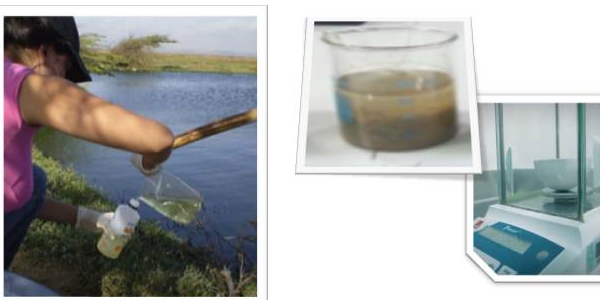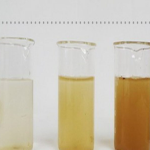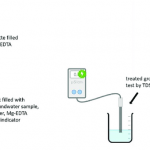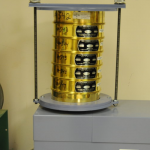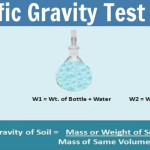Introduction
The total solids in a water sample refer to the material residue left in the vessel after evaporation of a sample and its subsequent drying in an oven at a defined temperature. Total solids can be further broken down into total suspended solids and total dissolved solids.
Objective(s) of the Experiment
The test is carried out in order to determine the amount of total solids in water.
Equipments and Materials Needed
- Evaporating dish
- Measuring Cylinder
- Weighing balance
- Oven
- desicator
Procedures
- Heat a clean evaporating dish in the oven at 103-105°C for one hour then store and cool the dish in a desiccator until needed.
- Weigh the dish immediately before use. Weight of dish = B
- Stir the sample for uniformity
- Add sample to the evaporating dish and place into the oven to evaporate to dryness.
- Cool dish in a desiccator to balance temperature.
- Weigh the dish and the residue. Weight = A
- Repeat cycle of drying, cooling, desiccating and weighing until a constant weigh is obtained (or until weight change is least than four per cent of the previous weight).
Results and Calculations
- Total Solids TS (mg/L)

- Where:
- A = Weight of dish + residue (in mg).
- B = Weight of dish (in mg).
References
- Hydrology Project Training Module File. ‘How to Measure Dissolved, Suspended and Total Solids’
- The University of Western Australia; School of Civil, Environmental and Mining Engineering. ‘Determination of Solids’. http://www.ceme.uwa.edu.au/research/laboratories/water-quality/protocols/solids. Assessed March 9, 2018.
Download “Total Solids in Water”
Total-Solids-in-Water.docx – Downloaded 0 times – 23.21 KB
